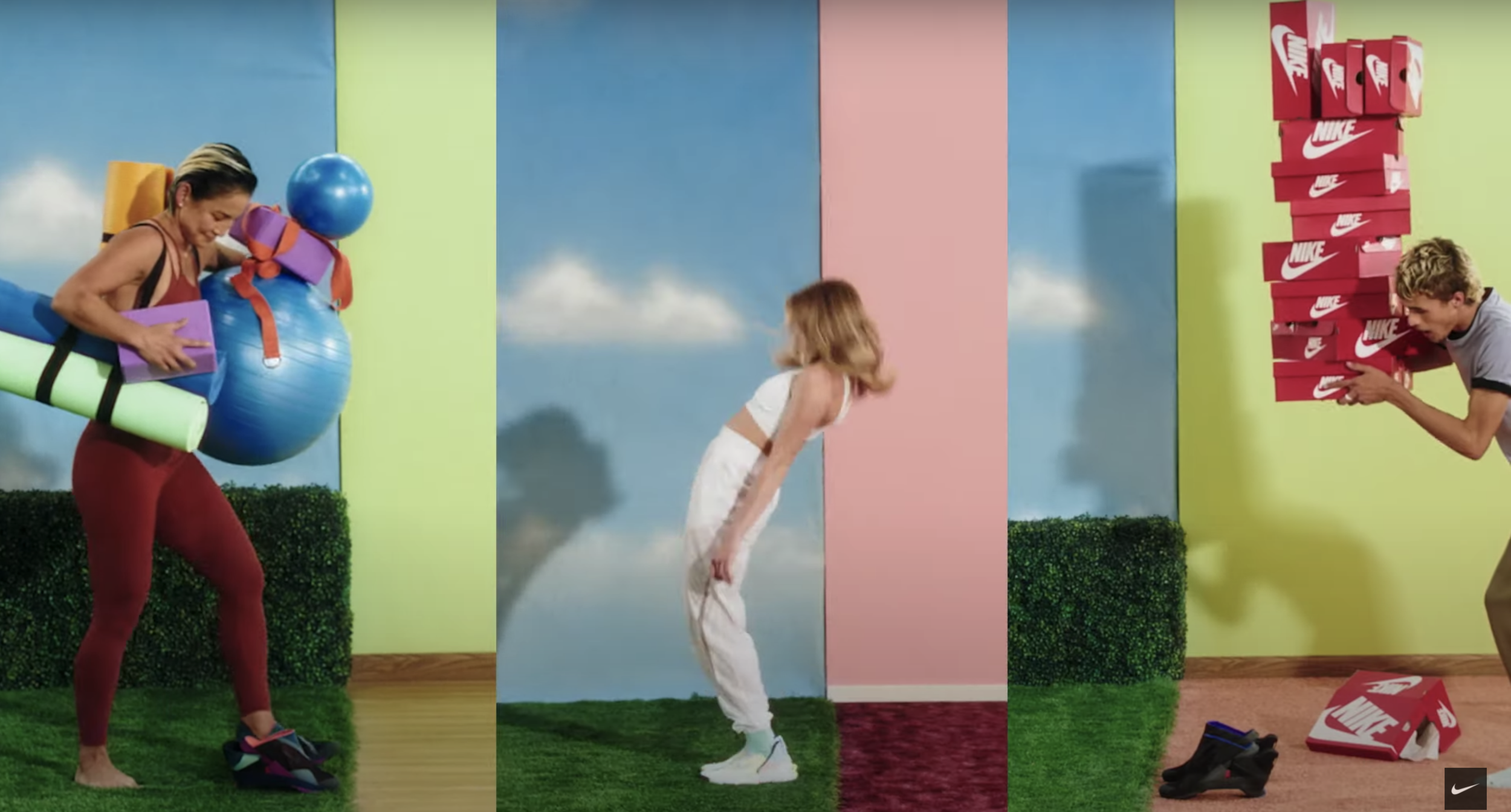Nike's Erasure of Disability: The Marketing Mishaps of the GO FlyEase
Last week, Nike unveiled the Nike GO FlyEase, the first hands-free sneaker. It’s got a slipper-like design, where you can easily slide your feet in without bending over. Unlike a slipper, however, once your foot is in, it conforms to your foot the way a normal sneaker would.
There’s no doubt that these sneakers are cool. The color design itself makes it worth a buy. But I would advise you to stop and think about the design as a whole. It may be an intuitive conclusion for some, but for the rest of you: this shoe is an enormous benefit to those with disabilities.
In fact, it was actually dreamt up by Matthew Walzer in 2012, who has cerebral palsy. At 16 years old, he wrote a letter to Nike explaining his difficulties in tying his shoes and was subsequently invited to consult on a design for a sneaker that would fit his needs. It is a heartwarming story, but it has ultimately been pushed under the rug.
Image via
Nike hasn’t advertised the shoe in this way: one of their promotional videos, “Behind the Design,” did not mention the shoe’s accessibility or Matthew Walzer at all. The video featured some of its creators who discussed the technicalities of the design, but it showed vignettes of seemingly abled people using the shoe: a woman carrying a plant, a man carrying boxes, a yoga enthusiast carrying a bunch of yoga equipment.
While some of the models do have disabilities such as deformities of their hands/arms, they are very easy to miss. I actually missed it the first time I watched it. Plus, those are only a fraction of the disabled population this shoe could appeal to. In doing so, the message Nike is sending is that it’s a shoe for busy-bodies who simply have their hands full, not for those who physically cannot put on a sneaker.
This simple advertising technique has resulted in people across the Internet claiming that the design is “lazy.” Nike isn’t even using the word “disabled” when it comes to the shoe, further drawing attention away from how important the design is. By not acknowledging the design’s history and further marketing it as a shoe “for all athletes,” as they say on their website, disability itself is erased. Ultimately, Nike is leading an ableist campaign for this shoe.
Image via
Another reason this marketing is flawed is that by advertising it as something that will appeal to everyone, those who don’t have a need for it will start purchasing it. This will drive supply down, but demand is high, so as us UChicago economists know, the price will go up. The already-expensive shoe (which is itself a problem) will become even less affordable. But for Nike, this is all great business. If they were to advertise it as a shoe that was catered towards the disabled community, they would be pressured to make their price more affordable and it would be appealing to a smaller market, potentially resulting in lower profit.
Image via
So while Nike is playing its own game, I challenge you to resist. I have to admit—I really want them, but I know that I can buy the shoes at a later time. Allow those who actually need them to purchase them first. Furthermore, educate those who claim the design is lazy, and instead, as one individual tweeted, say: “The design isn’t lazy the marketing is.” Many are claiming this shoe is a win for disability, and it certainly is. But we need to acknowledge the erasure inherent in the marketing strategies from this powerful company, and how they can affect the purchasing habits and mindset of our population.
Cover image via









